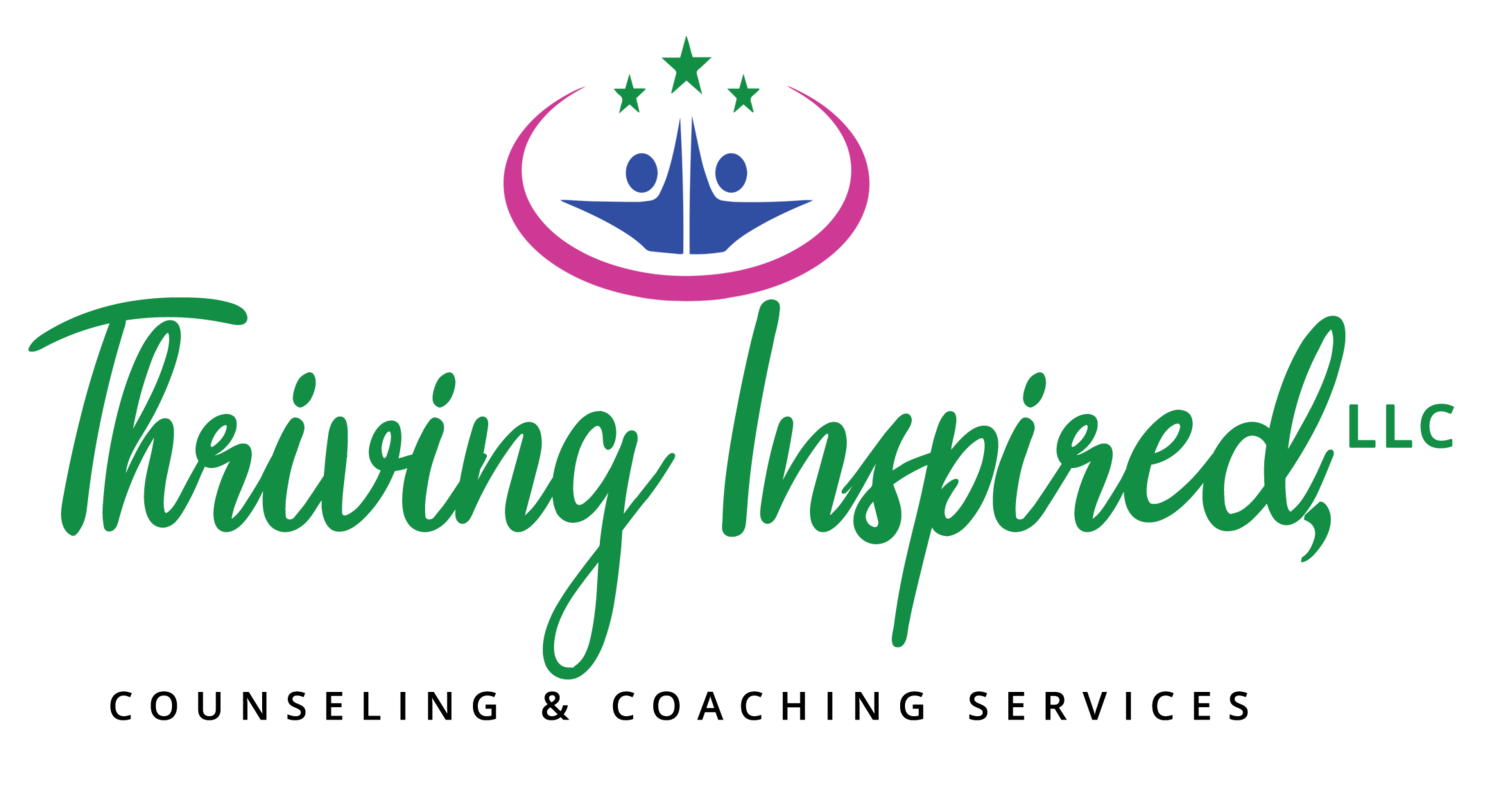We know the value of fostering connection with our children. A secure, connected relationship helps children internalize a positive self-concept and helps them to build strong, supportive connections with others. Inherent in a secure relationship is a felt sense of safety. A sense of feeling seeing, heard, and accepted. Let’s talk about how active listening and validation are essential components of strengthening connection.
What is active listening?
Active listening is more than simply hearing what the other person says. It is being fully engaged with the speaker. It is listening to understand, rather than listening to respond. It requires putting aside judgement.
Here are some ways to engage in active listening:
Be present. Ideally, important conversations should occur where there are no distractions. Avoid multi-tasking. This may mean requesting to delay the conversation while you complete a task or find an appropriate place. You may say something like… “What you have to say is very important, and I want to give you my full attention. Please give me a few minutes to finish what I am doing”.
Show genuine interest. This is done both verbally and non-verbally. Turn towards the speaker, maintain comfortable eye contact, and use facial expressions to communicate your interest.
Reflect and clarify. Repeat or paraphrase what you heard. Ask clarifying questions and check that you understand correctly.
Thank the person for telling you what they did. This can be difficult, especially for children, who may be apprehensive about the response.
Invite complete sharing. Ask if there is anything else they would like to say. This demonstrates that you are able to handle what is being said and you are open to hearing more. Continue reflecting, clarifying, and inviting until the person is satisfied that they have told you everything that they wanted to.
Validating does not mean agreeing!
Many of us struggle with the idea of validating feelings when what is being expressed appears illogical, unnecessary, and/or excessive. This is especially true when a child exhibits big feelings. We are concerned that by saying “I understand” it means we are agreeing with the behavior being displayed. Worse, we fear that we may be encouraging more of the same!
Validating feelings is simply letting the child know that they are seen and heard. It offers a sense of safety and acceptance. This is an important ingredient to achieve regulation. When our emotions are dismissed or ignored, it does not cause them to disappear forever. In fact, often it leads to more frequent or more intense outbursts. Note that it is also important to validate our own feelings, even when we are not proud of having those feelings. Acknowledging and accepting our own feelings allows us the space to cope more effectively.
Validating includes:
Acknowledging the feeling.
Acceptance (that the feeling is happening).
Expressing empathy about the experience that the person is having.
Being non-judgmental
Allowing the emotion to be experienced without immediately attempting to problem solve.
Active listening and validation allow your child, and indeed everyone, to feel valued and understood. This approach encourages open communication and provides the opportunity for problem solving. It creates an experience of relational safety that is fundamental to strengthening connection.
